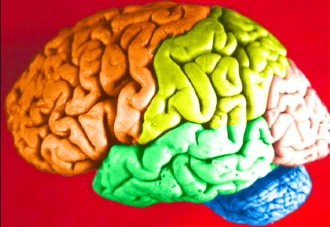 Scientists at Aarhus University have devised a computer game that they say has given insight into the way people solve problems.
Scientists at Aarhus University have devised a computer game that they say has given insight into the way people solve problems.
The game – called Quantum Moves – has been played 400,000 times by regular people. It involves moving atoms around a screen and scoring points for the best moves.
And that means ordinary people are helping research into quantum physics, according to research director Jacob Sherson. He said that a human’s way of solving a problem is very different than a computer’s approach to similar problems.
The whole idea is to help build quantum computers by providing data. Sheraton said: “The players showed us that there’s an unexploited capacity for ingenuity in the human brain. We see solutions that a computer would never have allowed, and which optimise the process.”
Initial research said that females are better at solving problems than males.
“It would be very interesting to find that the feminine brain has a different – and more efficient approach than the masculine,” said Sherson.
The insights from Quantum Moves means that the university has developed another game called Quantum Minds, which the team hopes will give even better insight into the way our brains work.
And you can try it out yourself, by going to this web page.








